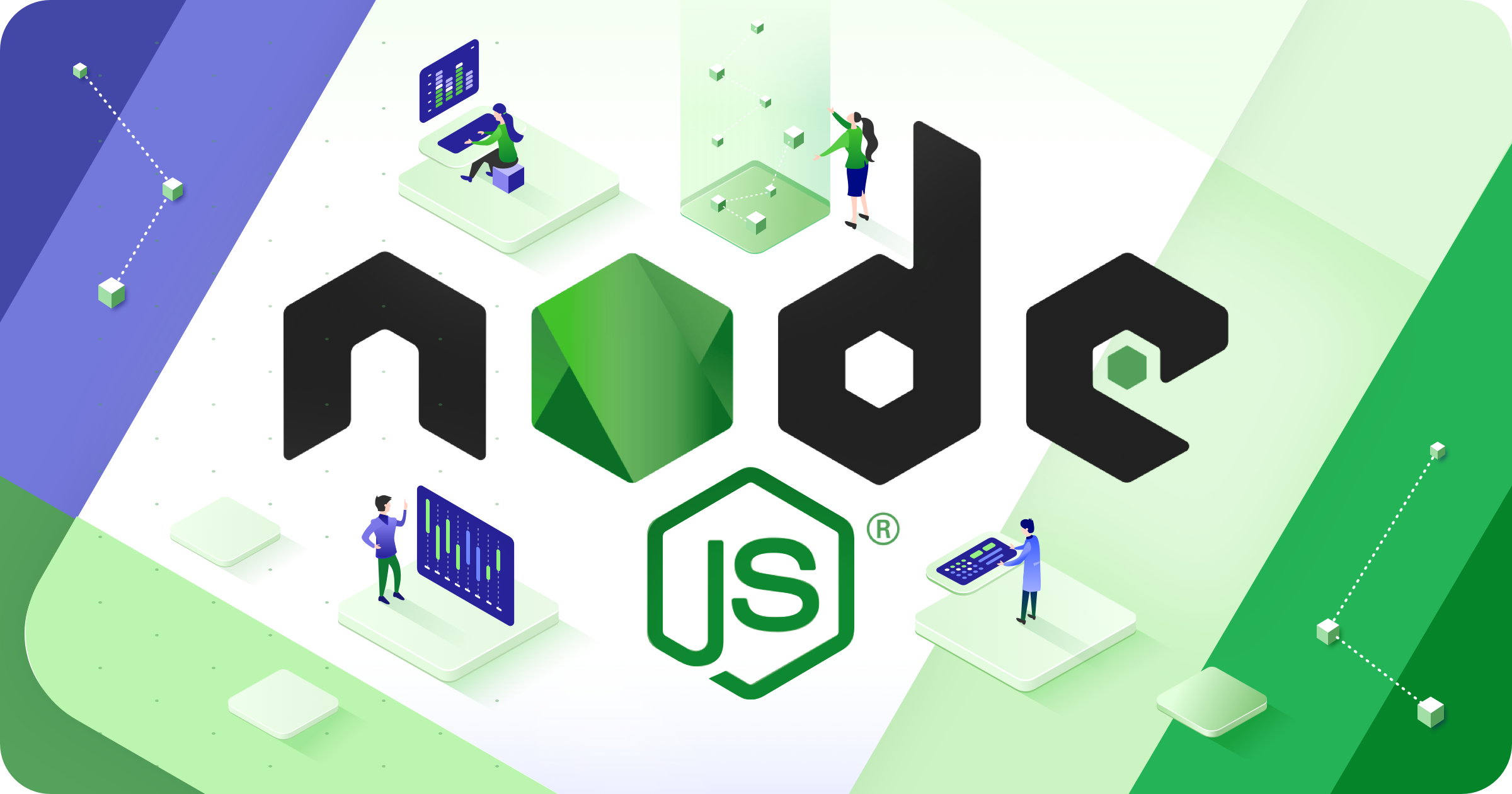🧑💻 jQuery Introduction Welcome to the jQuery Tutorial for Beginners! 👋 If you’re looking to speed up your JavaScript and make it easier to manipulate HTML elements, jQuery is the tool for you! jQuery is a fast, lightweight, and feature-rich JavaScript library. It simplifies a lot of tasks that would otherwise require complex JavaScript code. 🤔 Why Learn jQuery? Simpler Syntax: jQuery reduces the amount of code you have to write. Cross-Browser Compatibility: It works consistently across all major browsers. Popular in Web Development: It’s widely used by developers for faster, more efficient web development. In this tutorial, we’ll dive […]
🌟 jQuery Tutorial for Beginners: Master DOM Manipulation
An easy-to-follow jQuery tutorial for beginners showcasing how to use selectors and manipulate HTML/CSS with jQuery.





